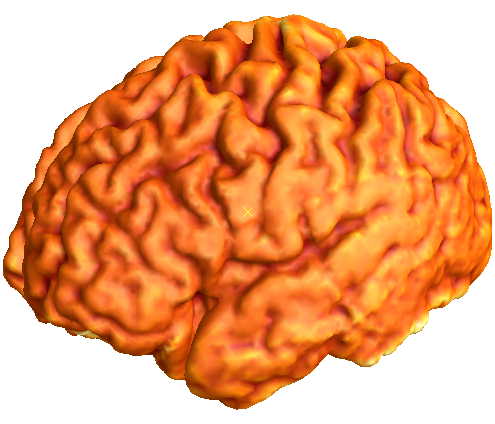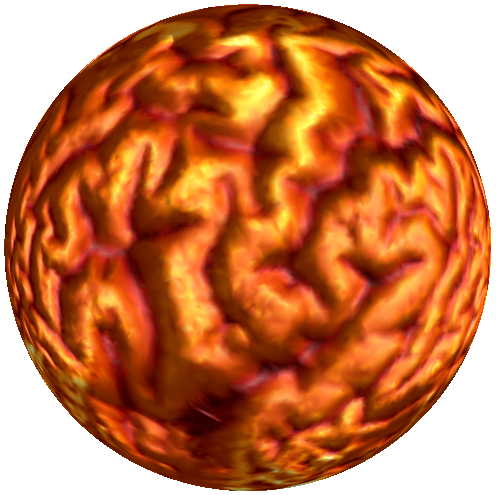| Fields medalist, William Casper Graustein Professor of Mathematics, Harvard University |
Introduction
Professor Shing-Tung Yau was awarded a Fields Medal in 1982 for his contributions in the area of geometric partial differential equations, including his solution of the Calabi Conjecture in algebraic geometry, his solution of the Positive Mass Conjecture in general relativity, and his work on real and complex Monge-Ampere equations.
In other work Yau constructed minimal surfaces, studied their stability, and made a deep analysis of how they behave in space-time. His work here has implications for the formation of black holes.
Yau's contributions in minimal surfaces also include an important result on the Plateau problem. This problem was posed by Lagrange in 1760 and was studied by Plateau, Weierstrass, Riemann, and Schwarz, but remained open until being solved independently by by Douglas and Rado in the late 1920s. However, there were still questions relating to whether Douglas's solution, which was known to be a smooth immersed surface, is actually embedded. Yau, working with W. H. Meeks, solved this problem in 1980.
In their joint paper On the existence of Hermitian Yang-Mills connections in stable bundles (1986), Yau and Karen Uhlenbeck gave a solution of higher-dimensional versions of the Hitchin-Kobayashi conjecture, extending work of Simon Donaldson.
In 1981 Yau was awarded The Oswald Veblen Prize in Geometry, in 1994 the Crafoord Prize of the Royal Swedish Academy of Sciences, and in 1997 the National Medal of Science. He was elected a member of National Academy of Sciences in 1993, and a Foreign Member of the Russian Academy of Sciences in 2003.
Time: period 4 10:40-11:30 am , January 16th
Address: Room 339, Little Hall
Time: period 7 1:55pm - 2:45 pm , January 16th
Address: Room E119 in the CSE building
Reception : CSE E404 3:00 pm - 4:00 pm
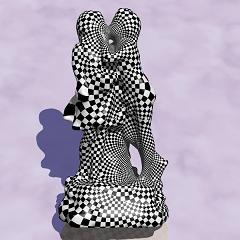
| 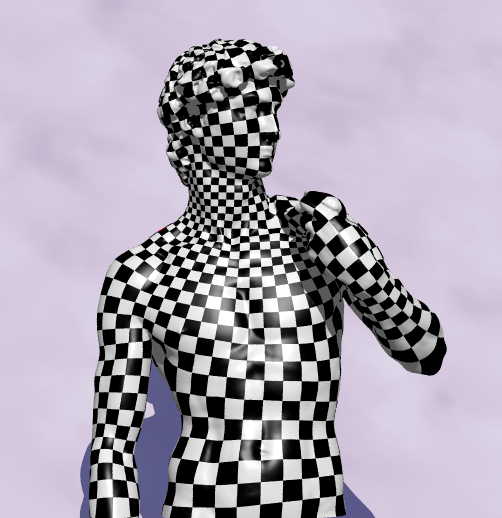
| 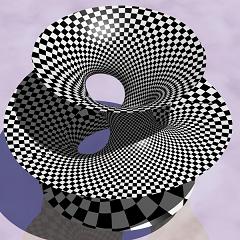
| 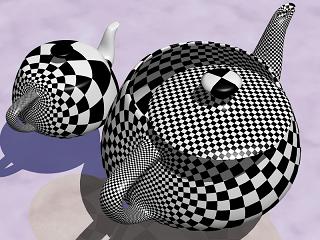
|
References
|
